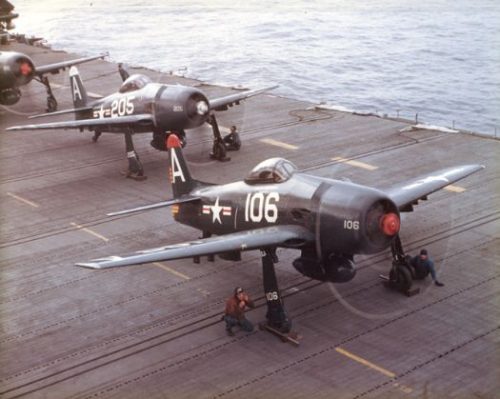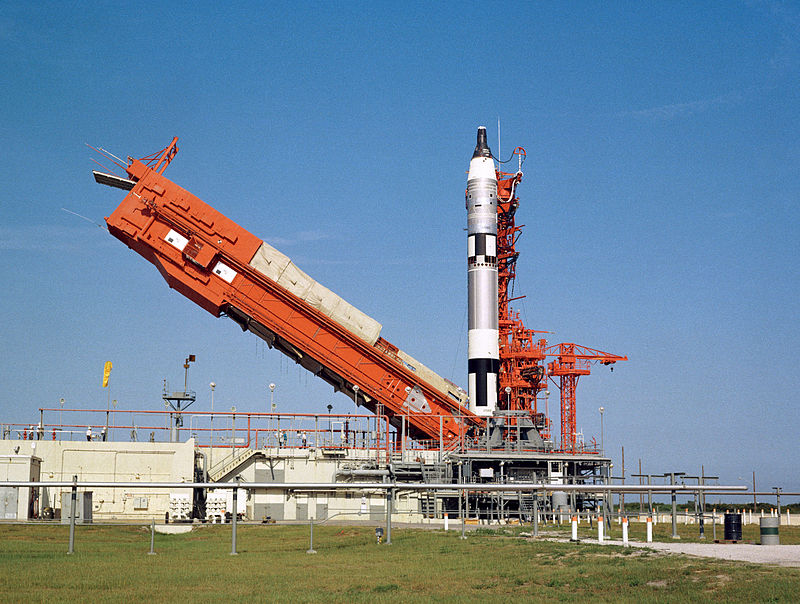August 21 in U.S. military history
1918: When enemy fighters shoot down Ensign George M. Ludlow’s Machhi M.5 seaplane off the Austria-Hungary coast, Charles H. Hammann lands beside him and rescues the downed aviator. Hamman’s fighter is also damaged, and the winds high and seas choppy, but he manages to take off with Ludlow holding the struts behind him (the plane wasn’t designed to carry two pilots) and flies 65 miles across the Adriatic Sea to the air station at Porto Cassini, Italy. The plane sinks from the weight of the extra passenger after landing but both aviators are safe.
Hammann, an enlisted pilot at the time, becomes the first Naval aviator awarded the Medal of Honor and is commissioned as an ensign after his daring flight.
1942: On Guadalcanal, around 900 soldiers of Japan’s 17th Army slam into about 2,500 Marines manning positions along Alligator Creek. Wave after wave of Japanese soldiers are cut down by the Marines, killing well over 700 attackers – including the Japanese commander – while inflicting nearly 100 percent casualties.
1944: Grumman’s last piston-powered fighter, the F8F-1 Bearcat, makes its first flight. The warplane can fly faster and climb more quickly than the venerable Hellcat, but enters service too late to see action in World War II. The Blue Angels will begin using the Bearcat for their demonstrations, and many Navy and Marine aviators – including Neil Armstrong – consider the agile warplane as their favorite.

1957: The Soviet Union launches the R-7 “Semyorka” (the seven in Russian), the world’s first intercontinental ballistic missile. The R-7 was capable of carrying a 3-ton nuclear warhead a distance of over 5,000 miles away.
1959: President Dwight D. Eisenhower signs an executive order granting statehood to the territory of Hawaii. That same day, retired U.S. Army captain Daniel Inouye begins his 53 year career in Congress. During World War II, Inouye served in the highly decorated all-Nisei 442d Regimental Combat Team. He lost his arm during a daring attack on German machine gun positions in Italy, in which the already wounded officer had to pry a live grenade from his severed hand and used it to destroy a bunker. For his actions, Inouye was awarded the Medal of Honor.
1965: (Featured image) A Titan II rocket blasts off from Cape Canaveral, carrying Gemini V astronauts Col. “Gordo” Cooper (USAF) and Lt. Cmdr. “Pete” Conrad (USN) into space to spend what Conrad refers to as “eight days in a garbage can.” The long, cramped spaceflight marks the first time Americans set the endurance record for time in space.
1980: During a Western Pacific patrol, the nuclear-powered cruiser USS Truxtun (CGN-35) and the destroyer USS Merrill (DD-976) rescue over 100 Vietnamese refugees some 200 miles southeast of Saigon.
